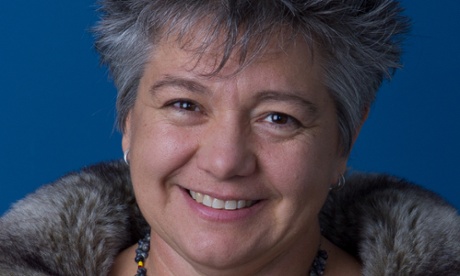
In the last decade of the David Unaipon Award for Indigenous writers, all 10 of the winners have been women. Last year the award went to Brisbane-based writer Ellen van Neerven-Currie for her novel Heat and Light. The 10 writers have penned novels, short stories and poetry and most have been published within the UQP Black Australian Writers Series.
Overall, AustLit’s BlackWords dataset show women make up roughly half of the 5,452 First Nations writers in Australia, both past and present. That’s a lot of literature, stories, knowledge, opinions, commentary and perspectives to engage with, and the voices are as diverse as the nations these women come from: Wiradjuri, Wakka Wakka, Wadi Wadi, Wurundjeri to name a mere few.
As we move into appropriately embedding Indigenous perspectives into the much-needed national curriculum, and we increasingly recognise the need to move away from a homogenous reading experience, these are the women writers and their works that Australian educators in particular (secondary and tertiary) should be adding to their reading lists and class discussions.
Here is a selection of the more powerful novels that should be considered for inclusion:
Mullumbimby — Melissa Lucashenko (2014)
Set in the northern NSW town of the same name, this is an emotionally powerful and impossible-to-put-down read. Through it’s main characters Jo Breen and her lover, the gorgeous Two Boy Jackson, readers get a glimpse into the complex meaning of connection to country, Bundjalung country specifically. Their relationship is offset against a story about native title, and the difficulties faced by many if not most claimants today, especially on the east coast that bore the brunt of colonisation. The novel has a raw honesty, and is dotted with shocking but hilarious one-liners.
Home — Larissa Behrendt (2004)
Home won the David Unaipon Award in 2002 and the Commonwealth Writers’ Prize in the South-East Asia region three years later. It is the story of three generations of removed children in NSW. Also recommended is Behrendt’s second novel, Legacy, for a basic understanding of the meaning of sovereignty and the history of land rights.
The Boundary — Nicole Watson (2009)
Set in Brisbane’s West End, The Boundary has everything: native title, community activism, black bureaucrats, police thuggery and black deaths in custody, infidelity, and racism – all wrapped up in a multi-murder mystery. Eloquently written by a first-time novelist, Birri-Gubba/Yugembeh lawyer Nicole Watson, it won the David Unaipon Award in 2009.
Mazin’ Grace — Dylan Coleman (2012)
Coleman won the David Unaipon Award in 2011 with this, a fictionalised account of her mother's childhood at the Koonibba Lutheran Mission in 1940s and 1950s South Australia. It is one of the few novels by a First Nations writer that embeds her traditional language within the text.
Butterfly Song — Terri Janke (2005)
Janke's work is pretty much my idea of the ‘great Australian novel’. It covers the geography from Sydney to Cairns and the Torres Strait, and manages to be a love story, crime novel, legal lesson, and a comment on contemporary Indigenous Australians who live in cities, go to university and contribute to every part of the nation’s society. And it’s a treasure trove of eloquent writing.

